Fiat Tipo Wagon vs Renault Captur - Differences and prices compared
Compare performance (130 HP vs 143 HP), boot space and price (21000 £ vs 21100 £) at a glance. Find out which car is the better choice for you – Fiat Tipo Wagon or Renault Captur?
Costs and Efficiency:
When it comes to price and running costs, the biggest differences usually appear. This is often where you see which car fits your budget better in the long run.
Fiat Tipo Wagon has a slight advantage in terms of price – it starts at 21000 £, while the Renault Captur costs 21100 £. That’s a price difference of around 137 £.
Fuel consumption also shows a difference: Renault Captur manages with 4.50 L and is therefore minimal more efficient than the Fiat Tipo Wagon with 4.70 L. The difference is about 0.20 L per 100 km.
Engine and Performance:
Under the bonnet, it becomes clear which model is tuned for sportiness and which one takes the lead when you hit the accelerator.
When it comes to engine power, the Renault Captur has a slight edge – offering 143 HP compared to 130 HP. That’s roughly 13 HP more horsepower.
In acceleration from 0 to 100 km/h, the Renault Captur is slight quicker – completing the sprint in 8.90 s, while the Fiat Tipo Wagon takes 9.10 s. That’s about 0.20 s faster.
In terms of top speed, the Fiat Tipo Wagon performs slightly better – reaching 207 km/h, while the Renault Captur tops out at 180 km/h. The difference is around 27 km/h.
There’s also a difference in torque: Fiat Tipo Wagon pulls to a small extent stronger with 320 Nm compared to 265 Nm. That’s about 55 Nm difference.
Space and Everyday Use:
Cabin size, boot volume and payload all play a role in everyday practicality. Here, comfort and flexibility make the difference.
Both vehicles offer seating for 5 people.
In curb weight, Renault Captur is hardly perceptible lighter – 1323 kg compared to 1455 kg. The difference is around 132 kg.
In terms of boot space, the Fiat Tipo Wagon offers evident more room – 550 L compared to 422 L. That’s a difference of about 128 L.
When it comes to payload, Fiat Tipo Wagon barely noticeable takes the win – 475 kg compared to 453 kg. That’s a difference of about 22 kg.
Who comes out on top?
Overall, the Renault Captur shows itself to be won narrowly and secures the title of DriveDuel Champion.
It convinces with the more balanced overall package and proves to be the more versatile choice for everyday use.
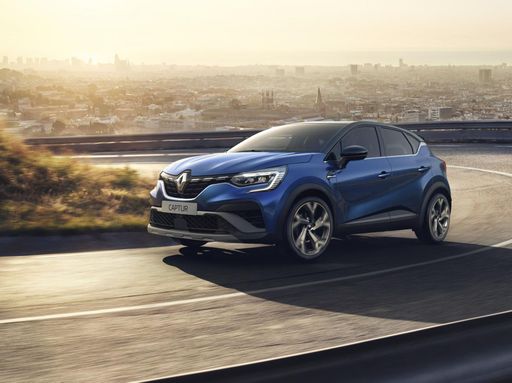
Renault Captur
Costs and Consumption
View detailed analysis
Engine and Performance
View detailed analysis
Dimensions and Body
View detailed analysis
Fiat Tipo Wagon
The Fiat Tipo Estate is a no-nonsense family wagon that focuses on practicality and value, with surprisingly generous load space and comfortable seats for long trips. It won't win style awards, but its sensible kit, simple controls and low running costs make it a smart, unfussy choice for buyers who want function over flash.
details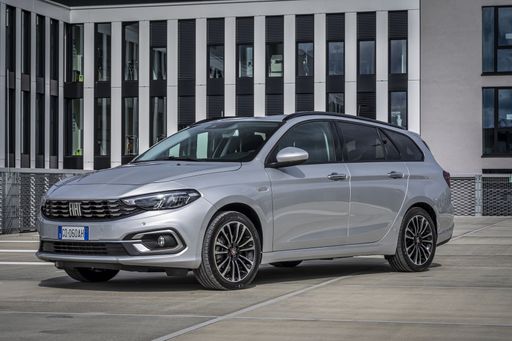
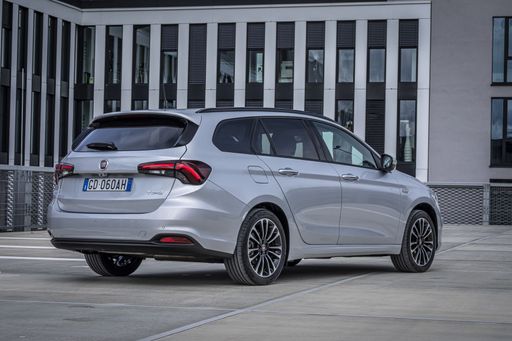

Renault Captur
The Renault Captur is a cheeky little crossover that pairs city-friendly agility with a roomy, well-thought-out cabin and enough style to turn heads at the lights. It’s a sensible choice for buyers who want practical versatility and a dash of personality on their daily drives, without taking itself too seriously.
details
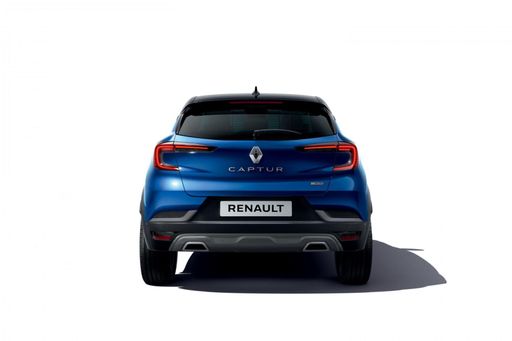

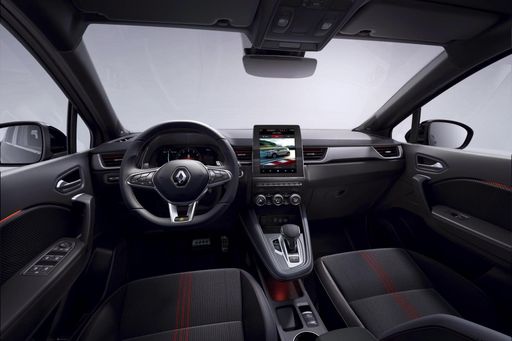

|

|
|
|
|
Costs and Consumption |
|
|---|---|
|
Price
21000 - 27000 £
|
Price
21100 - 28300 £
|
|
Consumption L/100km
4.7 - 5.4 L
|
Consumption L/100km
4.5 - 6 L
|
|
Consumption kWh/100km
-
|
Consumption kWh/100km
-
|
|
Electric Range
-
|
Electric Range
-
|
|
Battery Capacity
-
|
Battery Capacity
-
|
|
co2
122 - 125 g/km
|
co2
102 - 137 g/km
|
|
Fuel tank capacity
50 L
|
Fuel tank capacity
48 L
|
Dimensions and Body |
|
|---|---|
|
Body Type
Estate
|
Body Type
SUV
|
|
Seats
5
|
Seats
5
|
|
Doors
5
|
Doors
5
|
|
Curb weight
1455 - 1470 kg
|
Curb weight
1323 - 1514 kg
|
|
Trunk capacity
550 L
|
Trunk capacity
326 - 422 L
|
|
Length
4571 mm
|
Length
4239 mm
|
|
Width
1792 mm
|
Width
1797 mm
|
|
Height
1514 mm
|
Height
1575 mm
|
|
Max trunk capacity
-
|
Max trunk capacity
1276 - 1363 L
|
|
Payload
475 kg
|
Payload
376 - 453 kg
|
Engine and Performance |
|
|---|---|
|
Engine Type
Petrol MHEV, Diesel
|
Engine Type
Full Hybrid, Petrol, Petrol MHEV
|
|
Transmission
Automatic, Manuel
|
Transmission
Automatic, Manuel
|
|
Transmission Detail
Dual-Clutch Automatic, Manual Gearbox
|
Transmission Detail
Automatic Gearbox, Manual Gearbox, Dual-Clutch Automatic
|
|
Drive Type
Front-Wheel Drive
|
Drive Type
Front-Wheel Drive
|
|
Power HP
130 HP
|
Power HP
115 - 143 HP
|
|
Acceleration 0-100km/h
9.1 - 10.1 s
|
Acceleration 0-100km/h
8.9 - 12.3 s
|
|
Max Speed
206 - 207 km/h
|
Max Speed
180 km/h
|
|
Torque
240 - 320 Nm
|
Torque
160 - 265 Nm
|
|
Number of Cylinders
4
|
Number of Cylinders
3 - 4
|
|
Power kW
96 kW
|
Power kW
84 - 116 kW
|
|
Engine capacity
1469 - 1598 cm3
|
Engine capacity
1199 - 1789 cm3
|
General |
|
|---|---|
|
Model Year
2024
|
Model Year
2025
|
|
CO2 Efficiency Class
D
|
CO2 Efficiency Class
C, D, E
|
|
Brand
Fiat
|
Brand
Renault
|
What drivetrain options does the Fiat Tipo Wagon have?
Available configurations include Front-Wheel Drive.
The prices and data displayed are estimates based on German list prices and may vary by country. This information is not legally binding.
